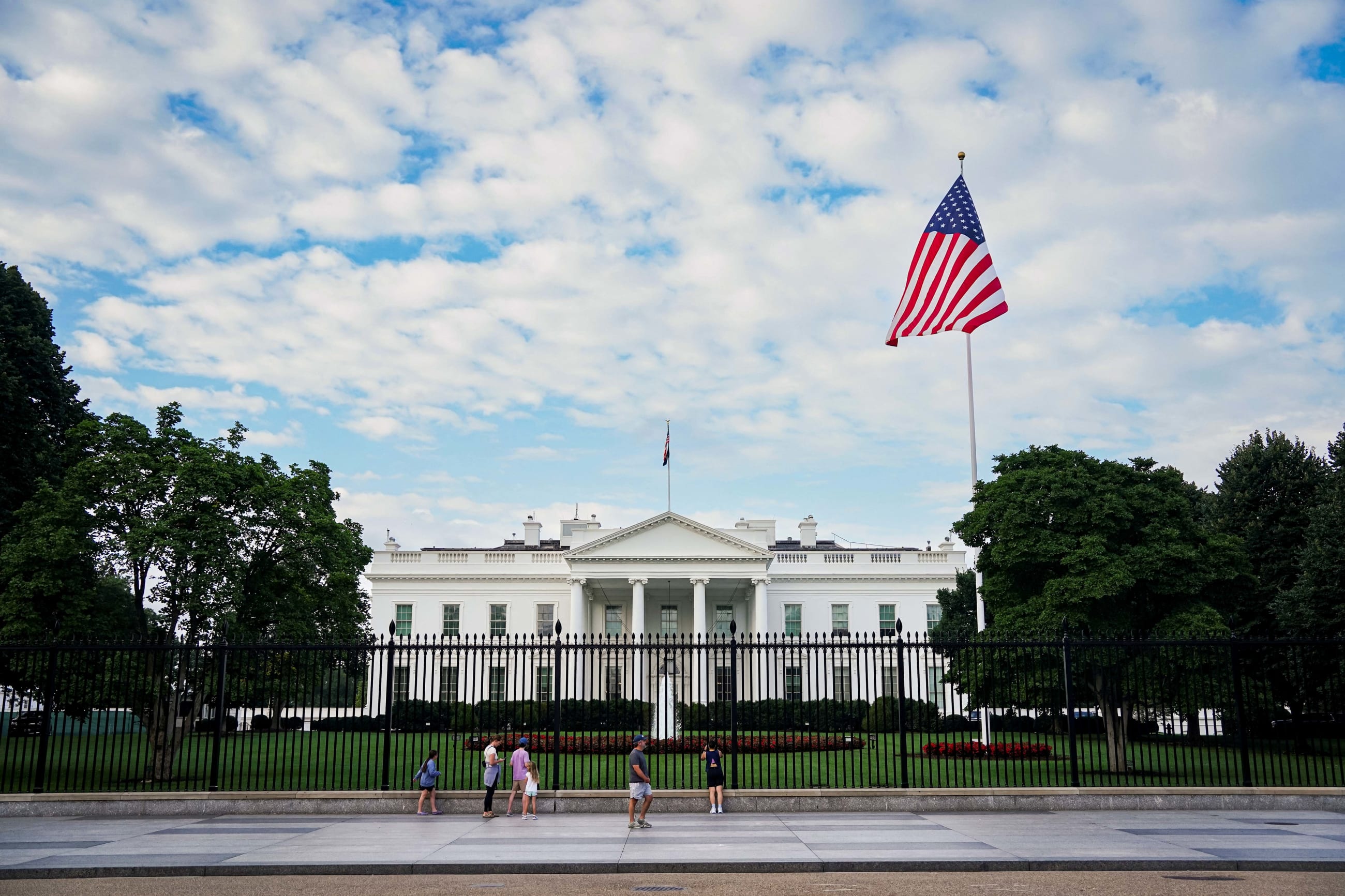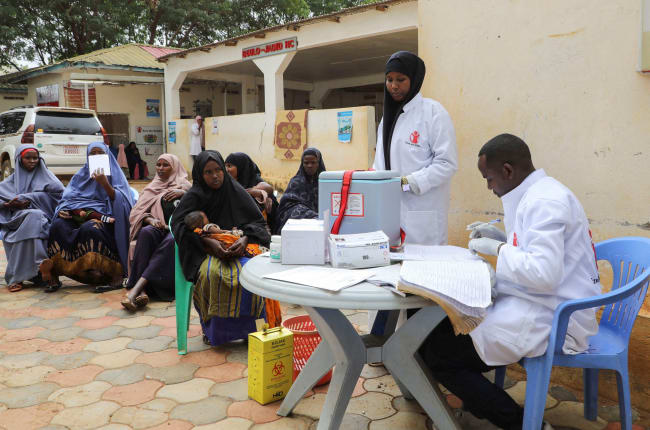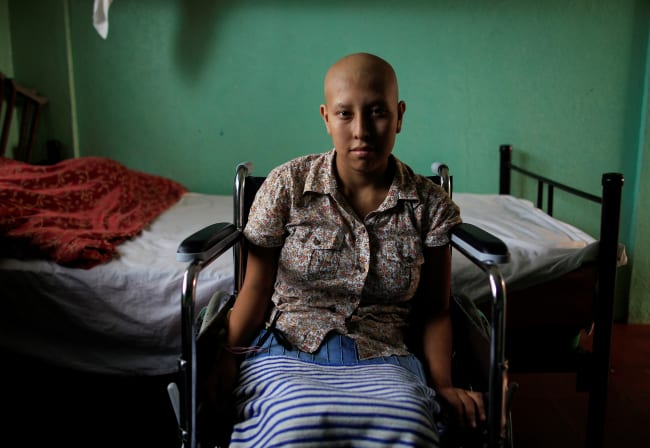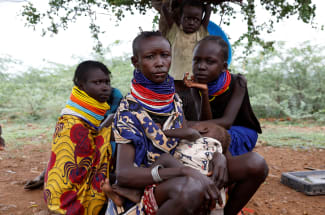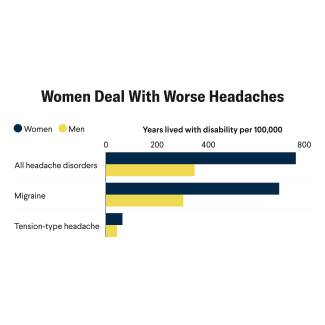The White House office mandated by Congress to coordinate pandemic preparedness has been gutted, leaving urgent global health security gaps.
Six months into the second Trump administration, a critical piece of America's pandemic defense infrastructure sits dormant. The Office of Pandemic Preparedness and Response Policy (OPPR), created in 2022 by congressional mandate through the PREVENT Pandemics Act, has been effectively abandoned—operating without a director since Trump's second inauguration. This institutional void emerges just as the United States faces escalating pandemic risks, from avian influenza jumping between species to climate-driven disease emergence.
The consequences extend far beyond domestic preparedness. As the world's largest economy and a historic leader in global health security, the United States has internal weaknesses that reverberate internationally, undermining collective pandemic preparedness at a time when coordination has never been more essential.
The PREVENT Pandemics Act wasn't a suggestion—Congress passed this statutory mandate with bipartisan support to ensure that the country would be better prepared, better coordinated, and more resilient when the next biological crisis occurs. The act required the White House to establish OPPR to serve as the central nervous system for pandemic readiness—integrating efforts across departments, bridging gaps in biosurveillance, and maintaining readiness through continued preparedness.
Under the Biden administration, OPPR grew into a functioning institution with a team of more than 20 experts. Retired Major General Paul Friedrichs and I led the office through its first chapter, strengthening the nation's pandemic preparedness infrastructure. The office coordinated preparedness and outbreak response efforts across the federal government, integrated private-sector and community partners into preparedness and response, and led domestic responses to clade I mpox, Marburg virus disease, and avian influenza.
Preparedness is invisible until it's missing—and then it's all that matters
In addition, OPPR enhanced real-time response capabilities—bolstering the domestic supply chain, expanding and replenishing the Strategic National Stockpile, and advancing federal science and technology efforts. These activities included accelerating the development, manufacturing, and procurement of diagnostic tests and medical countermeasures for diseases such as clade I mpox, respiratory syncytial virus (RSV), and bird flu while leveraging emerging technologies to stay ahead of evolving threats.
To support long-term preparedness, OPPR led a comprehensive, government-wide mapping of U.S. investments in medical countermeasures—bringing clarity to what the country has, what it's missing, and where stakeholders must act. This effort helped shift federal research and development (R&D) priorities toward emerging threats such as bird flu and laid the foundation for faster, more coordinated responses in future crises.
OPPR also advanced international coordination by establishing the Bio-5 Alliance—a new partnership with allies and industry to strengthen biopharma supply chains for critical drugs vulnerable to disruption. The office represented—or at least did, prior to its dismantling—America's commitment to preventing a repeat of COVID-19 and ensuring that the country is better prepared for the next pandemic.
That commitment is gone now. The Trump administration inherited six OPPR staff members. By the end of June 2025, all had departed. The administration has made no move to appoint a new director or fulfill its legal obligation to maintain the office. This isn't just administrative oversight, it's a dismantling of congressionally required pandemic infrastructure.
Media confusion has only muddied the picture. In February, several outlets reported that biosecurity expert Gerry Parker, DVM, PhD, had been appointed as OPPR director. That appointment never came to fruition. In reality, he was appointed to the National Security Council (NSC) as senior director for Biosecurity and Pandemic Response (BPR). Without OPPR, he and a small team that remained from the previous administration were the White House's eyes and ears for pandemic preparedness, global health security, biosecurity, and biodefense. Slowly staff departed—and in July, Parker resigned.
His departure leaves both the OPPR and the NSC BPR directorate empty. There is no senior official in the White House responsible for pandemic preparedness, biosecurity, or biodefense—at a time when experts estimate a greater than a 1 in 4 chance of another pandemic as deadly as COVID-19 within the next decade.
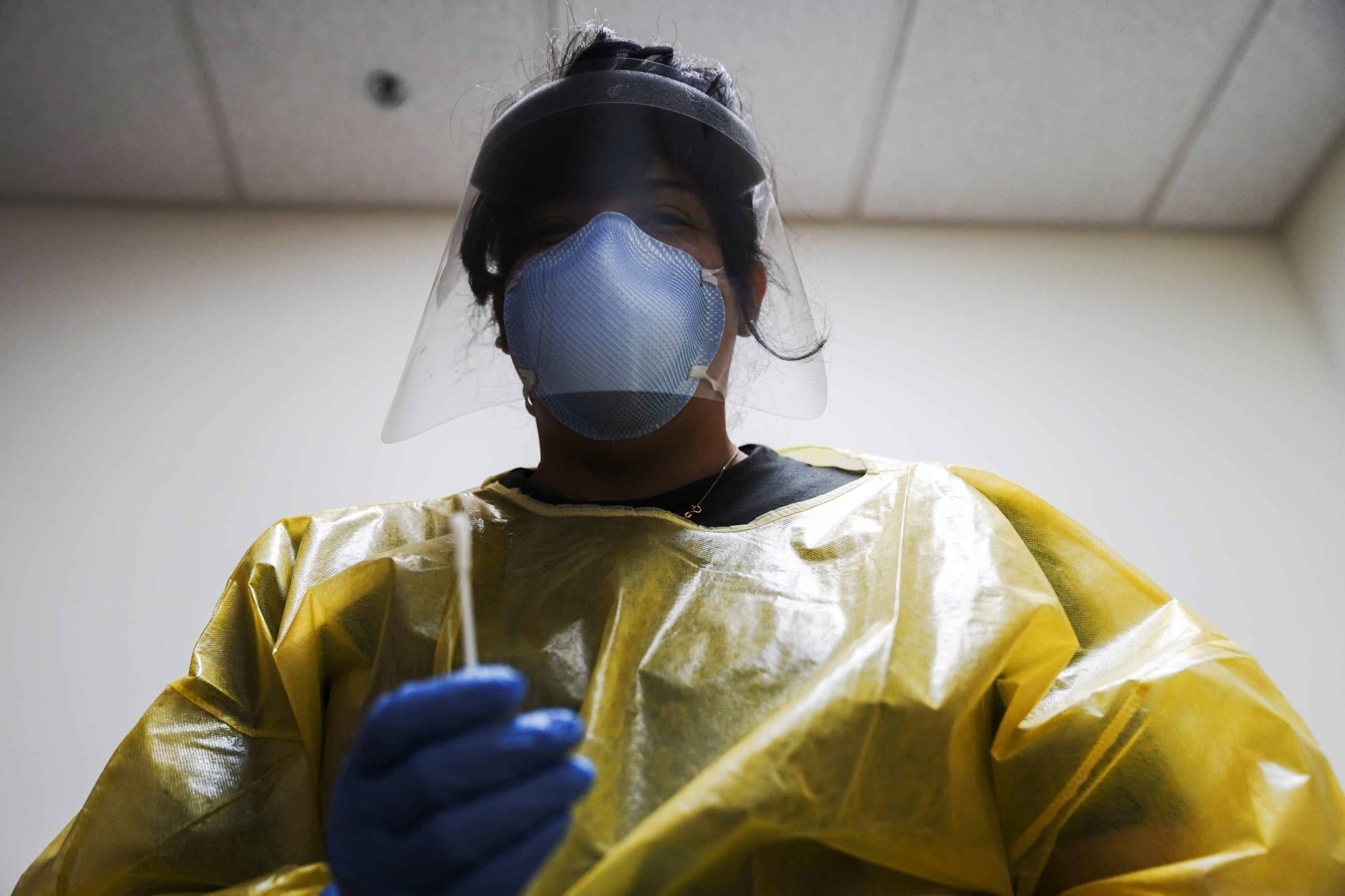
The United States has historically been central in the global health security architecture, to the benefit of American citizens and the world health community. From deploying boots-on-the-ground Centers for Disease Control and Prevention (CDC) teams to supporting outbreak responses through U.S. Agency for International Development (USAID), the United States was once the world's most reliable partner in outbreak and pandemic response.
Today, that leadership is in question. With OPPR and NSC's biodefense capacity effectively dormant, and the CDC's global health center and USAID's response capacities severely diminished, the United States has become an uncertain presence on the global stage—leaving international partners to wonder whether it can still lead or even show up.
If the United States is no longer the first call in a crisis, the global system for outbreak detection and response weakens. This issue is more than reputational—it's practical. When global health leadership fades, threats abroad are more likely to reach Americans at home. With biosurveillance fragmented across agencies, the likelihood of early detection and containment diminishes.
The emptying of OPPR signifies more than a staffing gap. It's a hemorrhage of institutional knowledge. OPPR brought hard-won experience from past pandemics, interagency coordination, global partnerships, and biosecurity policy. The team understood the systems, knew the players, and had the trust of international counterparts.
That expertise is gone. When the next crisis hits, the United States will be rebuilding from scratch—without the muscle memory, the relationships, or the policy playbooks needed to respond quickly and effectively.
Preparedness isn't just about funding or laws—it's about having the right people in the right place at the right time. The current state of affairs ensures that none of those boxes are checked.
The solution begins with action. The administration should immediately appoint a director to lead OPPR and allocate enough resources to fulfill its statutory mission. Staffing the office isn't just a legal requirement—it's essential for homeland security.
Congress must step up its oversight role, demanding accountability and setting clear deadlines for the office's restoration. Members who championed the PREVENT Pandemics Act please speak up and insist that the executive branch honors their legislative intent.
Beyond restoration, the United States must strengthen its resilience. The pandemic threat landscape is evolving rapidly—from synthetic biology and lab safety concerns to zoonotic spillover and climate-related disease emergence. OPPR must be part of a broader, enduring strategy that embeds pandemic preparedness into national security planning, budgets, and long-term policy.
The empty OPPR stands as a warning. America's withdrawal from global pandemic leadership is not just symbolic—it's real, and it's dangerous. The risks are growing, not shrinking. The cost of inaction will not be measured in headlines, but in lives lost.
The next pandemic is a matter of when, not if. The United States must meet that reality with foresight, urgency, and the seriousness it deserves. Rebuilding OPPR is a first step. Restoring trust, capacity, and global leadership must follow.
Preparedness is invisible until it's missing—and then it's all that matters.
OPPR existed to ensure that, when the next biological threat emerged, the machinery of response would already be running. Wait until the next outbreak to rebuild that infrastructure, and it will already be too late.
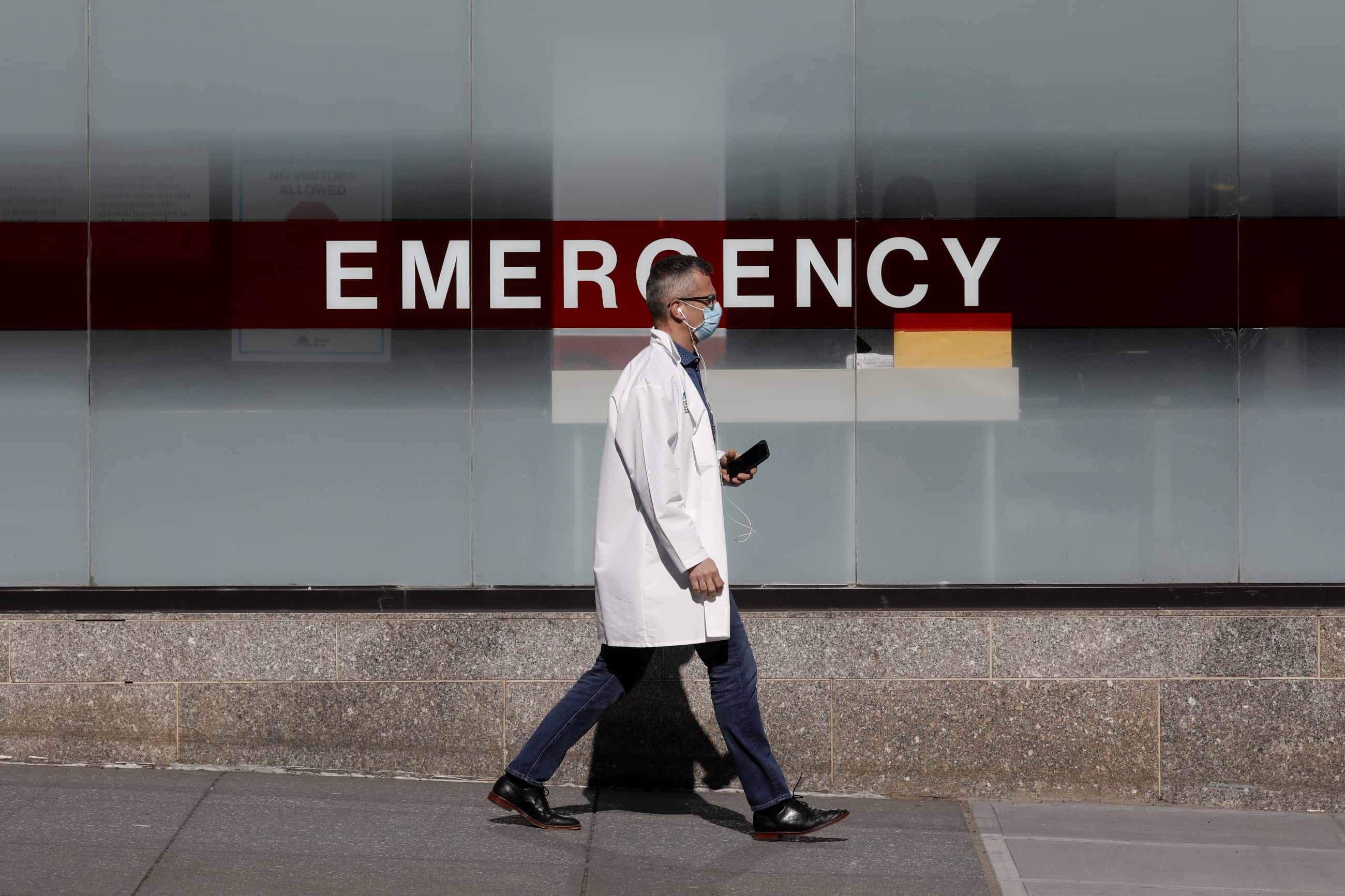
AUTHOR DISCLOSURE: Nikki Romanik was the special assistant to the president, deputy director and chief of staff to the Office of Pandemic Preparedness and Response Policy at the White House from August 7, 2023, until January 20, 2025.
